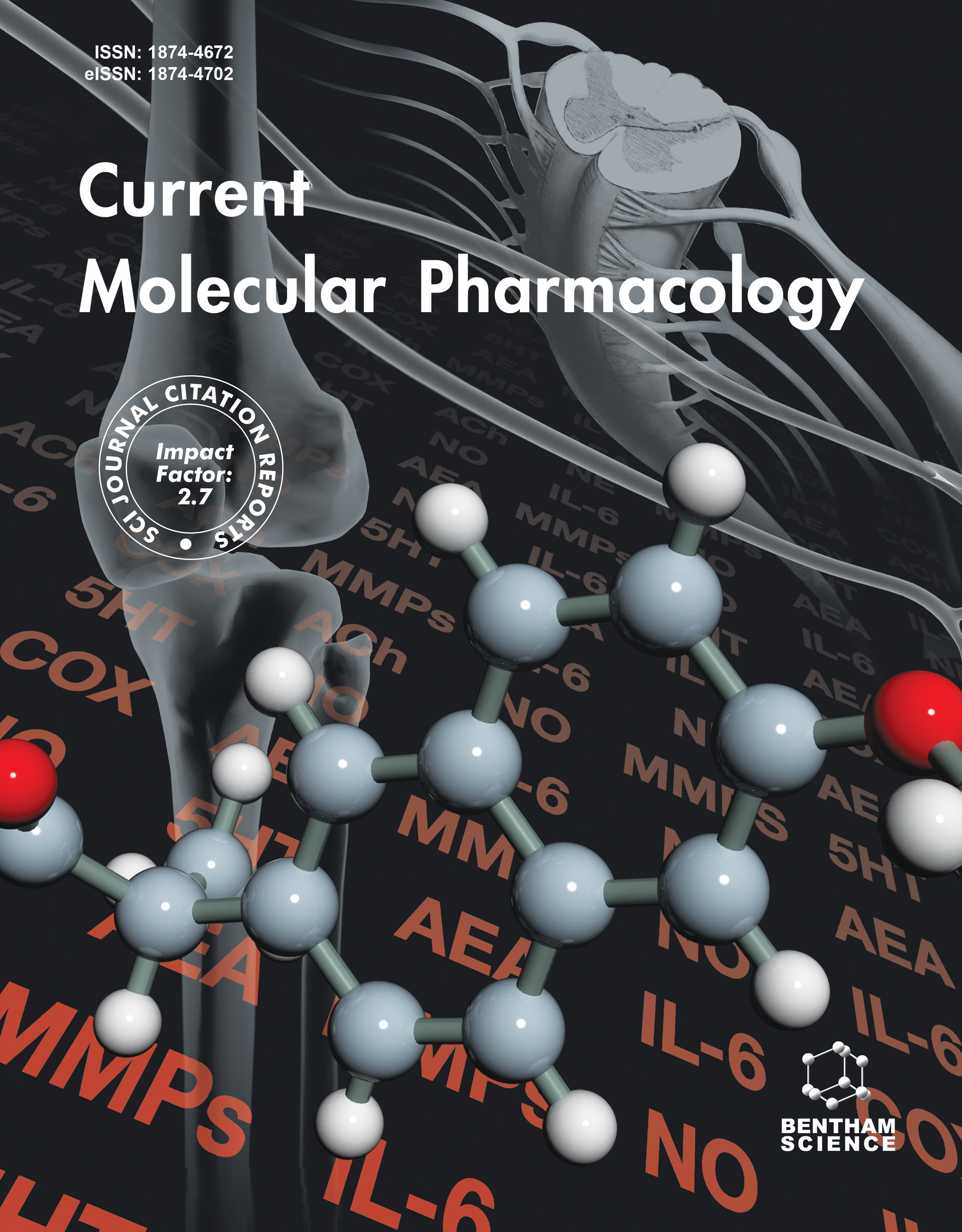-
s Prostaglandin E2 Receptors as Potential Bone Anabolic Targets – Selective EP4 Receptor Agonists
- Source: Current Molecular Pharmacology, Volume 5, Issue 2, Jun 2012, p. 174 - 181
-
- 01 Jun 2012
Abstract
Prostaglandin E2 is known to be a potent metabolite in bone biology. Its effects are mediated via four receptor subtypes with different properties, effects and mechanisms of action. The EP2 and EP4 receptors have been extensively investigated as bone anabolic therapy targets in the literature. The aim of this review was to analyse the available evidence supporting the use of selective agonists for those receptors for anabolic bone application purposes. Although several studies report on the presence of the EP2 receptor in several cell types, efforts to directly confirm the presence of this receptor in human bone cells have not been successful. The EP4 receptor however has been identified in human bone cells and its significant role in bone biology has been demonstrated with the use of selective agonists, antagonists and transgenic small animals. The use of selective EP4 agonists reversed established osteoporotic changes, enhanced the boneimplant interface strength and was shown to have a synergistic effect when used with other bone cell targeting pharmacological agents such as BMP-2 and bisphosphonates. Further elucidation of the side-effect profile of prostanoid and non-prostanoid agonists is required for these agents to proceed towards clinical applications.


